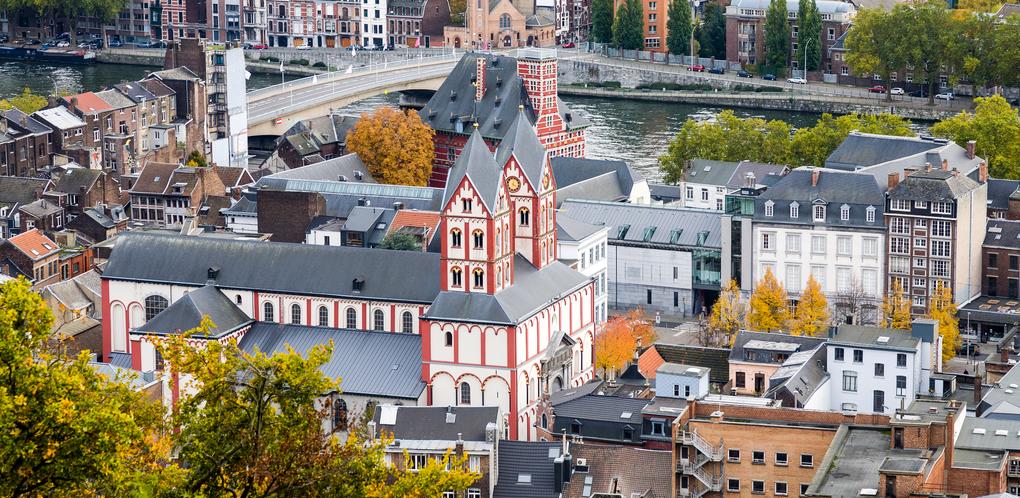1. The Louvre Of Liège
Partnered with the Louvre in Paris, La Boverie, which opened in 2016, is a fine arts museum located in the Liège Palace of Fine Arts. The building, which was built for the 1905 World Expo by architects Charles Étienne Soubre and Jean-Laurent Hasse, was extended in 2013 to accommodate a growing collection of artworks and the merger of several other museums. The permanent collection includes works by Ingres, Gauguin, Evenepoel, Chagall, Picasso, Delvaux and Magritte, among others. The Louvre has agreed to lend the museum material for one temporary exhibition per year.
2. 7000 Years Of Civilization
House in a 17th century mansion built in the Mosan Renaissance style, the Grand Curtius is an archeological and decorative arts museum. Recently renovated, the gallery has combined the collections of the museums of archeology, weaponry, decorative arts, religious art and Mosan art. The museum's permanent collection boasts a wide-ranging selection of art from prehistoric artifacts to art-nouveau pianos that spans over 7000 years. The museum also features an attractive garden adorned with fountains and sculptures, as well as a bistro.
3. A Modernist Hub
Designed in 2009 by Spanish architect Santiago Calatrava, this spectacular modernist railway station is situated on the high-speed rail network and serves over 15,000 people each day. Constructed of steel, glass and white concrete, the station also includes a 104-foot tall monumental arch. Calatrava envisioned the station as a structure without facades where pedestrian routes below the building connect the parts of the city that had been divided by train tracks.
4. The Remains Of History
An immense archeological site beneath the Place Saint-Lambert in the center of Liège, the Archéoforum, founded in 2003, showcases the artifacts retrieved from excavation campaigns that have taken place at the site of the former Cathedral Notre-Dame-et-Saint-Lambert since 1907. The collection includes objects dating back to the Mesolithic era, as well as remains from the Gallo-Roman villa, the Merovingian church, and the Carolingian, Ottonian and Gothic cathedrals. Visitors can take part in a guided tour or use an iPad to discover the traces of prehistoric civilizations.
5. A Gothic Masterpiece
Founded in the 10th century and rebuilt between the 13th and 15th centuries, the Cathédrale St-Paul INSERT IGNOREd St. Lambert's Cathedral, which was destroyed during the French Revolution. In 1812, Napoleon ordered that the tower, which features original ogival windows, be raised and a bell tower be added. The church features a pentagonal Rayonnant style apse, dating back to the 14th century, as well as a Gothic choir, transept and nave. The ceilings are decorated in bright colors and the windows are finely detailed in stained glass.


